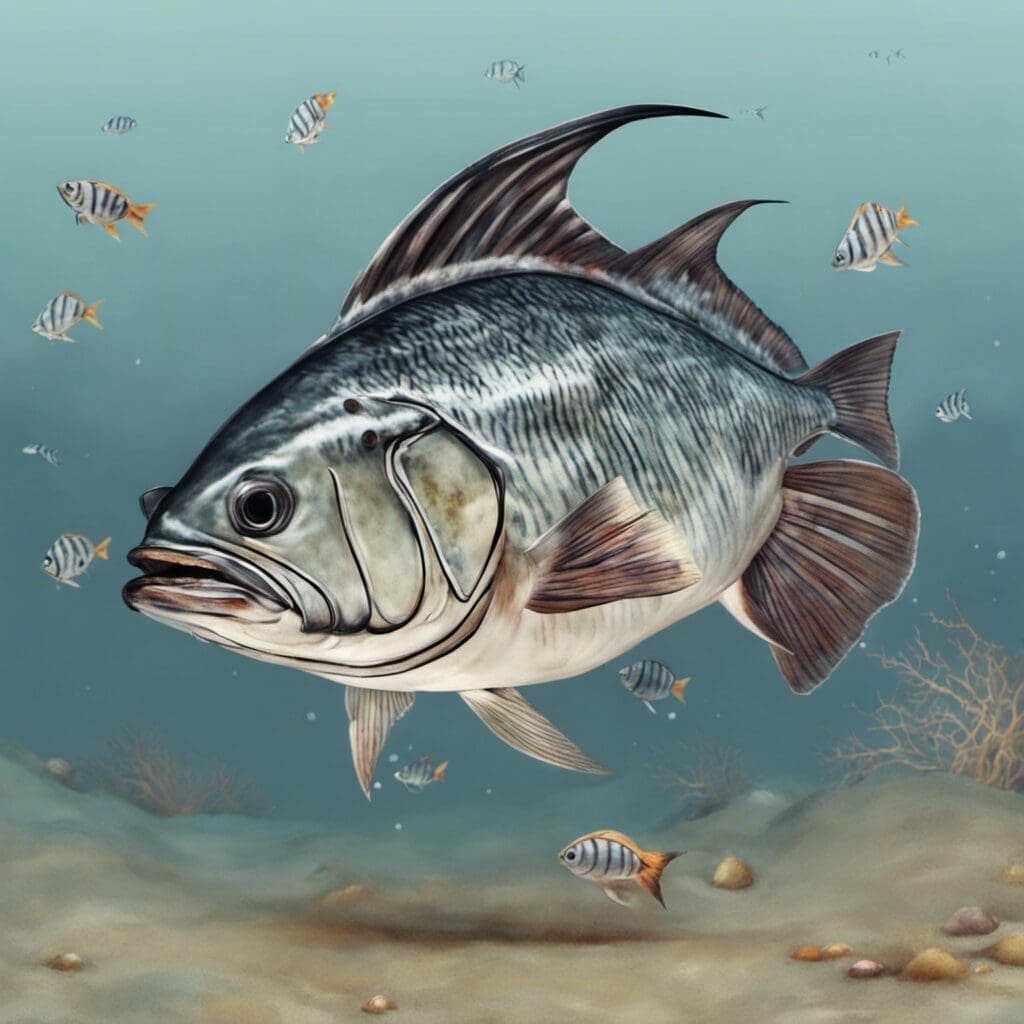Introduction
The Pilotfish (Naucrates ductor) is a fascinating species in the Carangidae family. Known for their stripey appearance and robust nature, these fish has attracted the attention of both recreational fishers and researchers around the world.
Conservation Status
According to the International Union for Conservation of Nature (IUCN), the Pilotfish is currently listed as “Least Concern”, meaning that at present, there are no significant threats to its survival. Various conservation methods like regulated fishing and habitat preservation are carried out to ensure this fish species survival for future generations.
Statistics
| Feature | Average | Range |
|---|---|---|
| Length | 30 cm | 15-50 cm |
| Weight | 1-2 kg | 0.5-3 kg |
| Lifespan | 5-10 years | N/A |
Distribution
Pilotfish are distributed widely and can be found in regions such as the Atlantic Ocean, Mediterranean Sea, Indian Ocean, and the western Pacific Ocean.
Habitats
The Pilotfish can be found in all types of waters ranging from brackish to marine. They prefer a depth range from near the surface to about 200 meters. They are also known to thrive in temperature ranges of 10-25°C.
When and Where to See
Pilotfish are readily visible during warmer months, particularly from late spring through early fall. They are most active during the day.
Best Fishing Locations
- Florida, USA
- Hawaii, USA
- Queensland, Australia
- Andalusian Coast, Spain
- Gulf of Mexico, Mexico
- Caribbean Sea, Various Countries
- Baja California Peninsula, Mexico
- Mediterranean Sea, Europe
- Canary Islands, Spain
- New South Wales, Australia
How to Catch
Pilotfish are generally caught using bait such as small fishes or lures. Techniques used include trolling and angling, with the best time to catch them being in the late summer months when they are most active.
Identification Guide
The Pilotfish are easily recognized by their elongate shape and distinct colorings. They are generally silver-gray with 5-7 dark bars on each side. Comparatively, they have a more pointed snout compared to other fish in the Carangidae family.
Culinary
Pilotfish have a mild, delicate flavor and a white, finely flaked texture. They are best cooked grilled or pan-fried. For nutritional information, Pilotfish are high in protein and Omega-3 fatty acids.
Additional Information
Pilotfish have a unique behavior of following larger fish, hence their name. They feed mainly on small squids, crustaceans, and mollusks. Predators include marine mammals, seabirds, and larger fish. The Pilotfish has no major cultural or historical significance.

